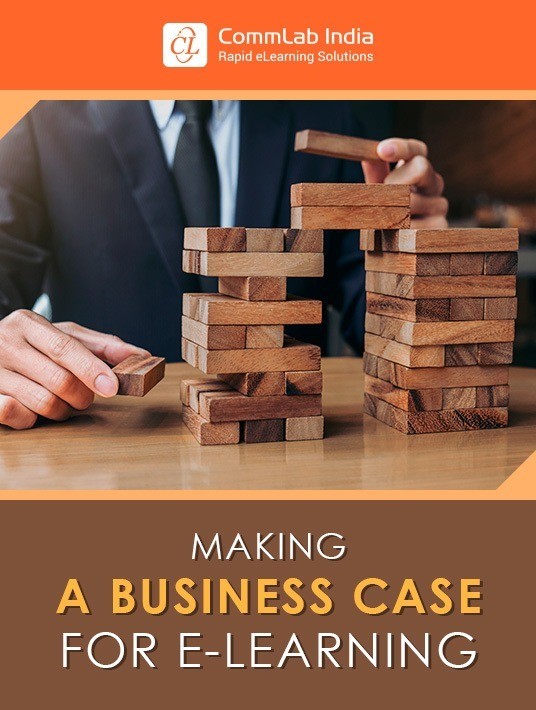How Does Blended Learning Fit In The eLearning Niche?
Before we can begin discovering the many formats of blended learning and eLearning, we need to take a step back and look at the bigger picture. eLearning as a method of corporate training has been in practice for the last 20 years. There are many definitions of what eLearning is, from a simple "electronic learning" to more complicated ones. Given below is a working definition.
eLearning is learning facilitated by technology for its design, development, delivery, administration, and evaluation.
Instructional technology, information and communication technology, internet technology, and mobile technology, all play an active part throughout the life cycle of corporate learning.

The basis in eLearning is an instructional systems design component that is further developed with the help of these "learning technologies." Contrary to popular belief, eLearning is much more than just adding audio to PowerPoint presentations and publishing them online.
eLearning is not:
- Publishing PowerPoint decks to HTML format for online delivery
- Adding audio to a PowerPoint deck and uploading it online
- A web page, eBook, video or PDF in isolation
eLearning And Classroom Training
Classroom training continues to be the most popular method for corporate training. eLearning was never intended to replace it. Rather, it supplements and complements classroom training by offsetting certain inherent drawbacks in classroom training. Here is a table distinguishing the differences between classroom training and eLearning to help you use both to maximum advantage.
| Classroom Training | eLearning |
|
|
Strengths of Classroom Training and eLearning
Blended Learning
Classroom learning alone cannot meet the learning needs of employees in this digital era. Learners need to have access to learning resources anytime, anywhere. This is where eLearning can complement classroom training and take training a notch higher. eLearning and its various avatars in conjunction with classroom training is the best option for any organization. This is what is known as blended learning.
ILT + eLearning + Performance Support = Blended Learning

Blended Learning
Blended learning is the optimal mix of classroom and eLearning, offering learners the best of both worlds. It provides a comprehensive learning experience that includes the personal touch and attention of a qualified facilitator of classroom training and the flexibility and ease of eLearning that caters to different learning styles and preferences of the learner.
eLearning And Its Avatars
eLearning can take different forms to suit different learning styles and help make learning engaging. A few popular eLearning avatars are:
Microlearning
Microlearning is a training approach that delivers short bites of learning, each focusing on a single learning objective. It can be delivered through a variety of assets such as videos, infographics, quizzes, and podcasts. It can be used standalone or as part of a blend.
Mobile Learning
Mobile learning definitely means the learner is moving about and is not "tethered" physically to a location or a device. The devices used are wireless, portable, lightweight, electronic, and are small enough to fit one’s pocket, purse, or hand.
Mobile learning offers the flexibility of access with multi-device delivery, shorter duration leading to higher retention and Just-In-Time availability, and can serve both as teaching material as well as performance support.
Performance Support
In situations where a learner needs immediate help to perform their job, you can provide learners with Just-In-Time learning. This is where performance support tools come in. Performance support tools are learning aids designed to provide employees with support and guidance when at work, such as job aids, infographics, PDFs, and other resources that learners can immediately access and use at their end.
Blending these forms of eLearning can help your employees beat the forgetting curve and retain information better, for a longer time. You can combine these eLearning avatars to come up with a perfect blend that suits your organizational goals and impacts learning effectiveness positively—learning effectiveness is a measure of how learning translates work into productivity and in turn, business growth.
According to Forbes, eLearning boosts retention rates by 25% to 60%, against the 8% to 10% retention with face-to-face training.
Building Blocks Of The Perfect eLearning Business Case
The theory surrounding eLearning and blended learning is really fascinating, but it can be so much more than that. The eBook Making A Business Case For eLearning will teach you how to use your knowledge in the field to form a business case that will reinforce the position of eLearning in your organization.









